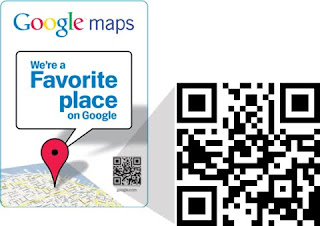
Yahoo’s recent layoff of more than 4% of its workforce leads one to ask what everybody’s been thinking for a while:
Is this it? Will 2011 be the last year for Yahoo?
Like any good company in trouble, the Yahoo PR department has been trying to put the best light possible on the layoffs (roughly 560 people worldwide):
“Today’s personnel changes are part of our ongoing strategy to best position Yahoo! for revenue growth and margin expansion and to support our strategy to deliver differentiated products to the marketplace. We’ll continue to hire on a global basis to support our key priorities.
Yahoo! is grateful for the important contributions made by the employees affected by this reduction. We are offering severance packages and outplacement services to these employees.”
One has to ask why these layoffs are happening at all. Search has proven to basically be recession-proof. If Yahoo isn’t cutting the mustard, then the problem must lie within. Unfortunately, with Google, it lies at the top.
The appointment of Carol Bartz to the head position at Yahoo! appears now to have been a mistake that looked good on paper. She’s a no-nonsense money-saver. That’s good. However, innovation and creativity is not her forte. Consequently, the company seems to change its mind almost daily about what it’s trying to be. Apparently, not even Bartz could explain what Yahoo was as a company until very recently.
By turning over its search engine capabilities to Bing in 2010, the assumption was that it would free up the time for many Yahoo! employees to work on new, exciting projects. Apparently, that’s not the case at all. More and more, this appears to be an attempt by Bartz to save some money while keeping Yahoo’s relevance as a search engine alive.
Disgruntled employees are not known for their ability to keep quiet, and Yahoo is no exception.
Tweets and emails to industry bloggers report an atmosphere of a company in “shambles,” and digging a hole from which it may not be able to escape.
Here’s hoping that Yahoo! is able to get its act together in 2011, before it becomes the latest name at the top of a list that includes such past also-rans as Alta Vista, Infoseek, Cuil, etc.
Because quite frankly, if that happens, a lot of us are really going to miss it.


























.jpg)

